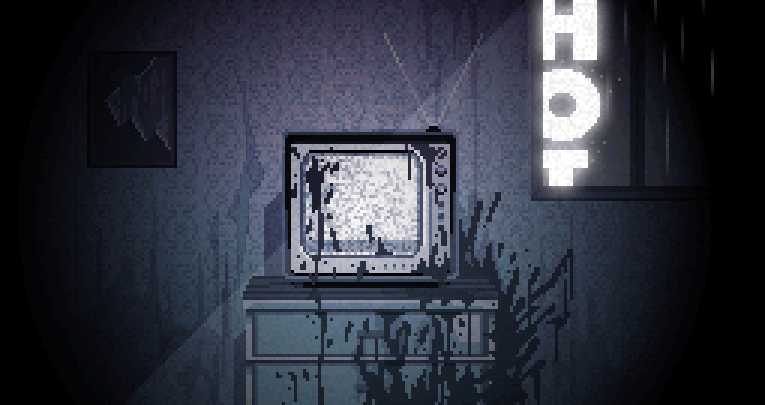Story Writing Tip: Writing Suspense Scenes
Expert: Stephen Geez

Story Writing Tip:
Writing Suspense Scenes
By Stephen Geez, GeezWriter
Most novels and stories have at least some scenes that require suspense. Others build suspense throughout the entire story. Your suspense scenes need to contrast with other plot elements so readers feel the emotion of jeopardy. Suspense requires periods of “relief” to re-establish a baseline. Use these techniques as you write suspense scenes:
-
–SELECT POINT-OF-VIEW (POV): Choose one character’s POV, and stick with it. Avoid shattering suspense for the scene or chapter break that a change in POV requires. The protagonist (good guy/hero) or any “needer” are easy choices. A needer, such as the classic “damsel in distress,” can observe without revealing the hero’s strategy. The antagonist (bad guy/villain) POV can work for revealing the extent of danger while keeping the hero unaware.

-
–ADD MYSTERY: Build layers of unknowns. Being tracked by a familiar beast is suspenseful; being tracked by an unknown something is scarier. Unfamiliar settings dispel assumptions and cause discomfort. Establish setting, props, and characters in advance; then worry us with the unexpected. Lock that door in Act I so when it’s ajar in Scene III we have to wonder why.
-
–ADD TWISTS: Surprises make readers jump. New complications push the goal further out of reach. Clearing a hurdle only to be denied achievement causes frustration. Two hours tunneling toward the getaway route then finding it collapsed or flooded adds to the suspense. Paint into a corner so readers see no solution. Beware: If you make the twists too silly or unbelievable, readers will stop caring. Loss of caring kills suspense.
-
–USE SENSES: Characters feeling suspense enhance their awareness. They rely more on senses. They might hear strange sounds, fear that odd smell, taste the unfamiliar, feel cold or cobwebs or crawlies, or see shapes in the mist. It’s hard to focus when sensory overload keeps turning your head. Great writers use this to stretch the suspense.

-
–SLOW THE MOTION: Manipulate the pace of the writing. When urgent, shorten sentences and paragraphs, spread text down the page, move eyes fast. As suspense returns, go slow-motion. Take it a step at a time. Wait. Use senses. Add frustration. Surprise us! Wait . . . Describe details, searching for clues, mystery . . . Beware: Don’t break tension with too much information.
-
–STRETCH, DON’T BREAK: Great suspense stretches us taut. It strains to the breaking point. It barely leaves us able to snap back. Set a time limit, a ticking bomb, an antidote beyond reach, but don’t keep extending it. Be careful not to stretch too far, or readers will stop caring. You can withhold the promised payoff only so long. Don’t cheat readers, but do make them wait.
Taut suspense scenes are impossible to stop reading. They engage readers and keep them alert. They add intensity to every kind of story.
Would you like another suspense tip?
Oh my, I’m almost out of time to tell you, and there’s a spider on the keys, something cold crawling up my back . . .
What’s that mysterious clicking?
I sure hope it’s you, writing suspense . . .
* * *
A member of Fresh Ink Group, Stephen Geez is the author of many novels, collections, non-fiction, articles, and web postings. Watch for his writing how-to’s at www.GeezWriter.com.






